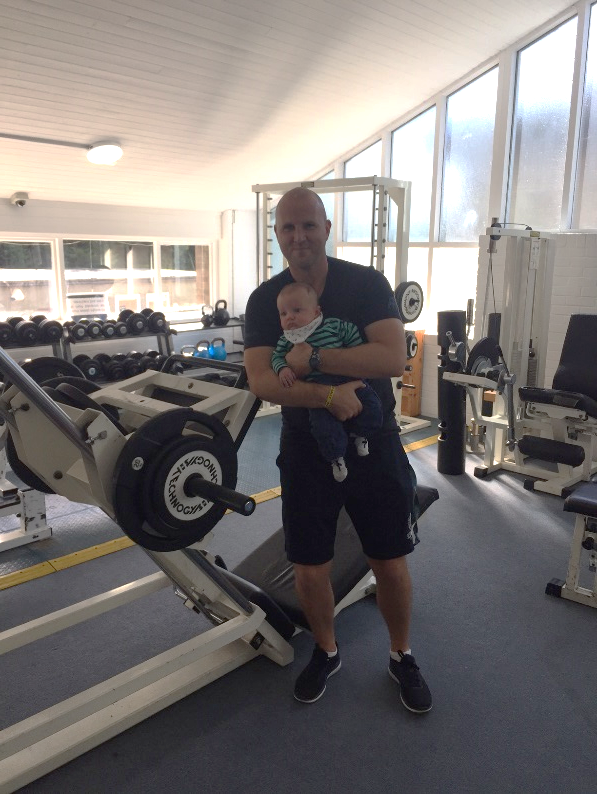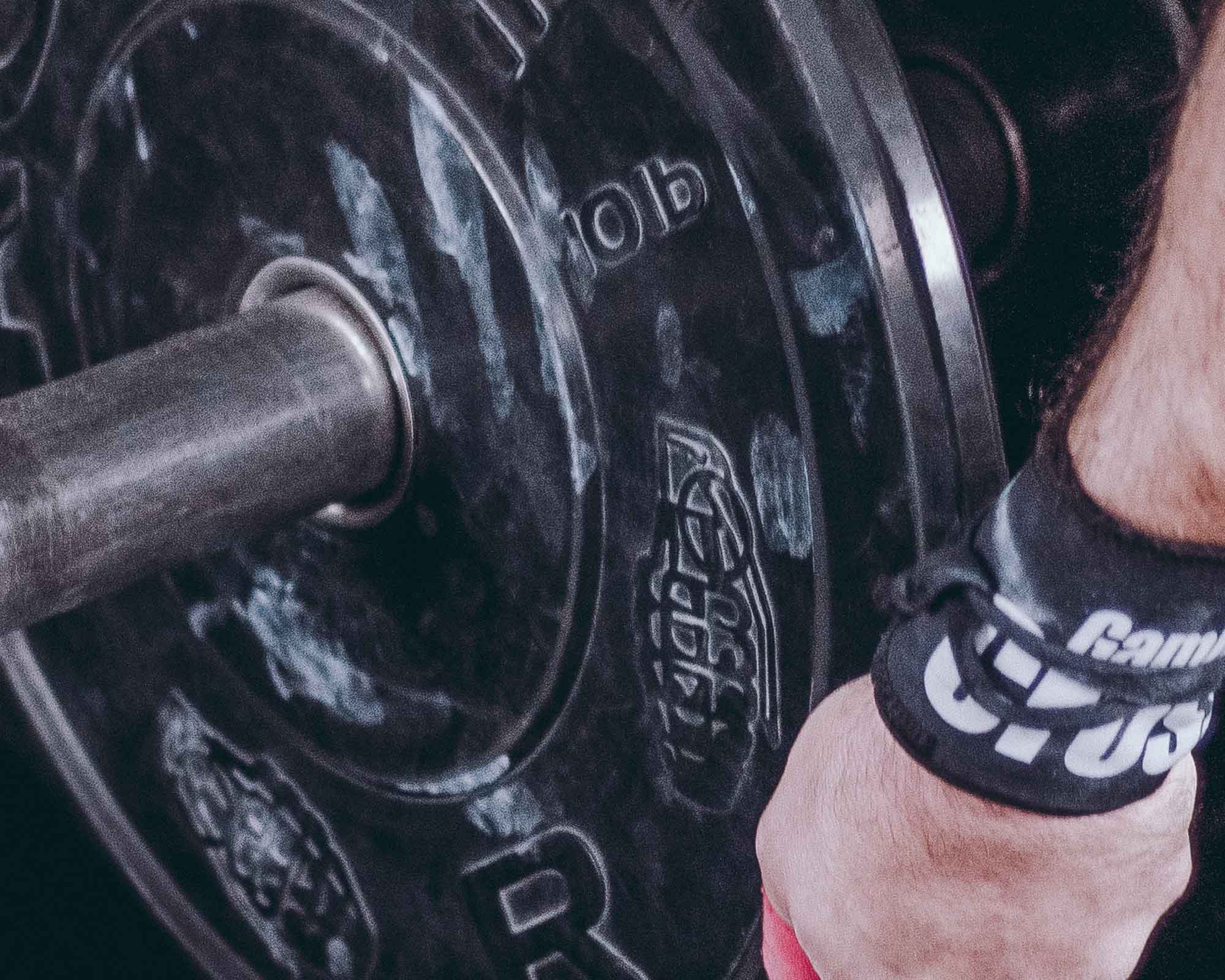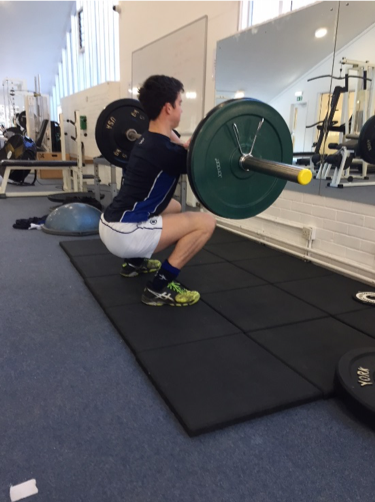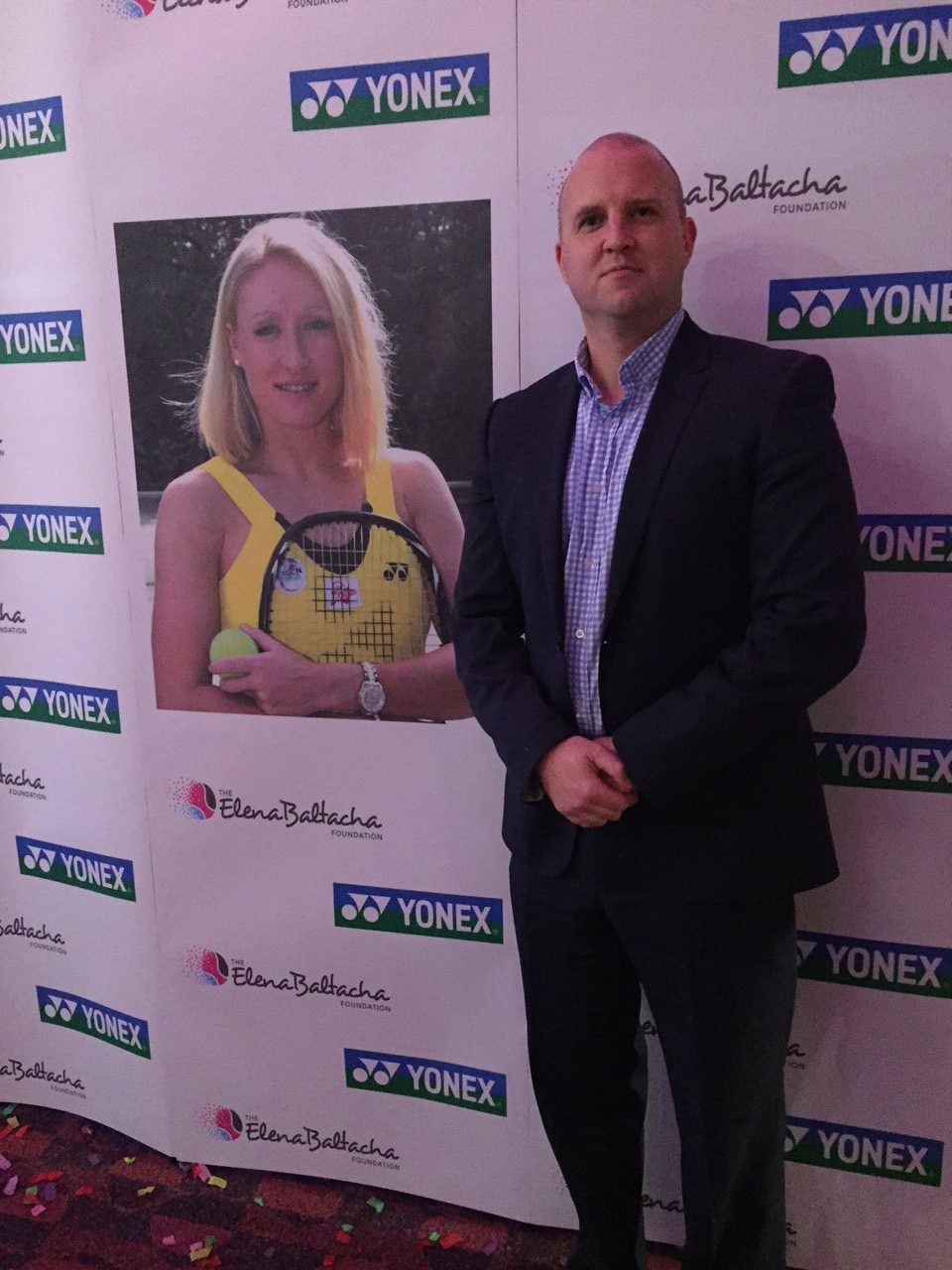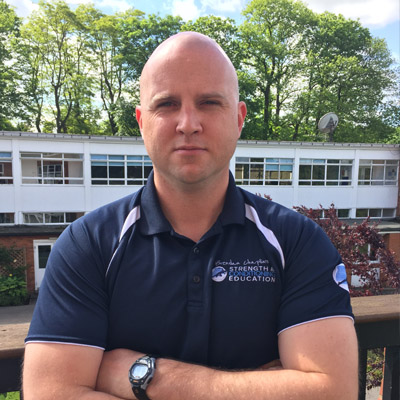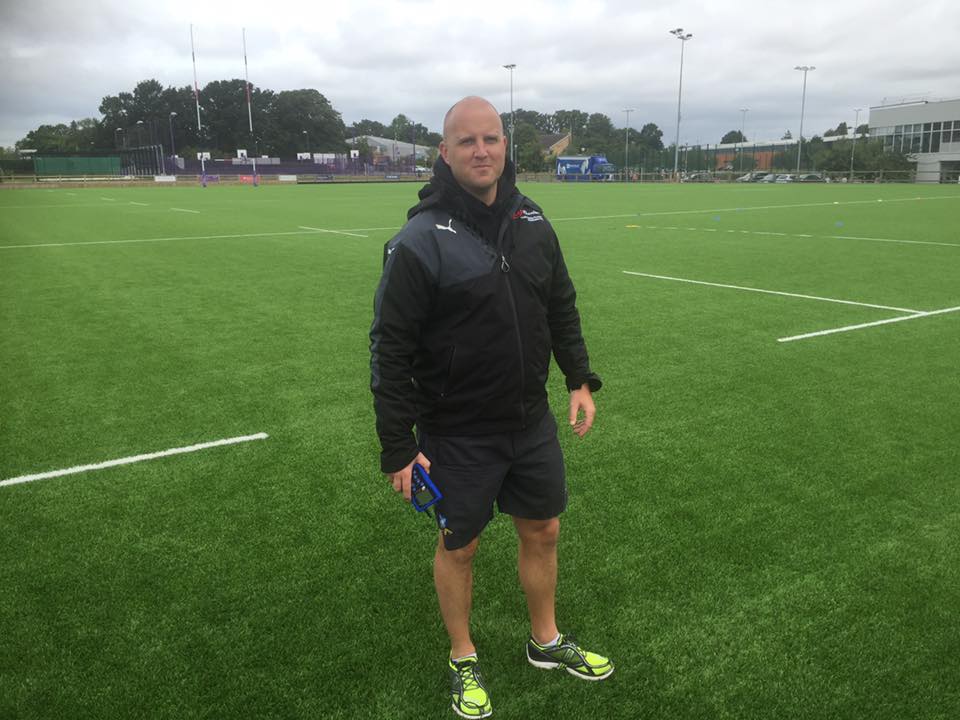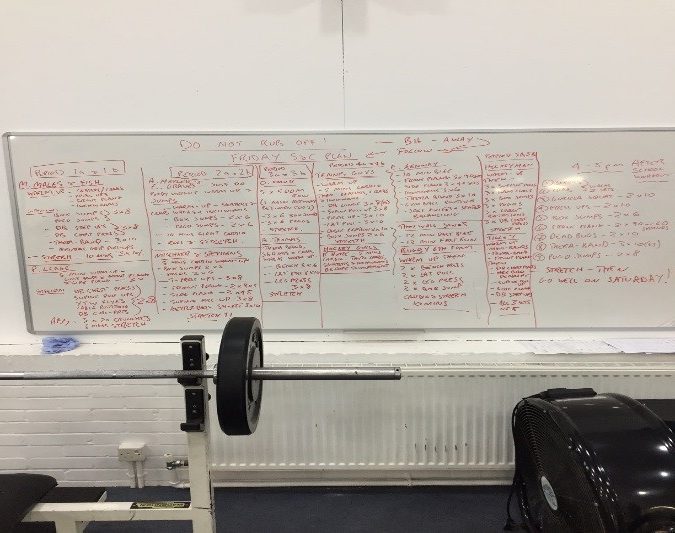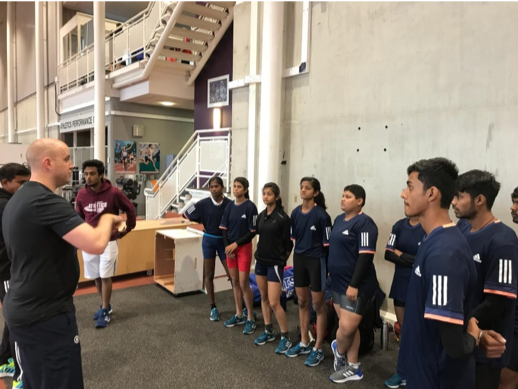It was interesting this month to read the recent May 2018 ‘Raising the Bar’ publication. It identifies the practical and strategic skill gaps within the personal training education sector relating to the current provision and expertise in youth fitness training.
It is clear that there is an evidence-based significant need for up-skilling trainers in gymnasiums and enhancing youth training knowledge levels and confidence. However, all of this comment is only reinforcing something that we have known for a long time. It is now time to move away from talking about the concerns relating to PT and S and C training content with the appropriate insurance cover and for practitioners to act!
We at the YSCA have put the coaching pathway and associated robust insurance support in place in the last eighteen months. 120 coaches have now qualified through our youth training courses. There is no need to ‘tweak’ other courses or worry about ‘gaps’. Let’s get more coaches and trainers on the YSCA courses and let’s start supporting young people on the journey to improved movement now!
I read recently that 1 in 4 children are now allegedly obese in London! Please, let’s stop the chat and start the action-get trained, get insured and get coaching in your community, safely!
In the last article we identified that UK Active have launched a new consultation process to shape the future of children’s activity across the UK. They identified the key headings that need to be discussed.
Rather than comment on what the current situation is I thought we could look at the situation from a ‘reverse engineering’ perspective and identify what we believe ‘success’ would look like.
The first point to identify is that based on geography, demographics and socio-economic factors children’s experiences around the UK are extremely diverse and varied in relation to physical activity opportunities. Access, provision, financial support and the presence of positive role models differ.
To define what success would look like one must accept that as much as we all want to be able to give every child the same opportunities and support, we will always have to build solutions around an acceptance of the existence of some inequality. Solutions must be effectively thought through, realistic, measurable, achievable and aspirational. Not tinged with negativity and doubt.
Is this achievable – ‘yes it is’ Some of you may have recently read about or watched reports relating an exciting programme that has been occurring in Amsterdam. The city’s healthy-weight programme has seen a 12 % drop in overweight and obese children. How has this been achieved? Through an integrated approach to nutrition and the diet of children in school, a detailed programme of parental education, subsidised fitness sessions and overall a joined up cultural buy in to tackling the problem!
So what do we need to do in the UK?
The organisations and institutions that children in the UK should experience:
- Should have an aspiration to engage all children physically and offer a broad offering of activities and sporting opportunities in and out of curriculum time.
- Staff who provide the above programme should be recognised, rewarded and championed for the ‘over and above’ attitude they display and the time they give by the institution and community they represent.
- Allocated funding should have expert guidance attached to it broadly across geographic locations so that there can be a consistency of level of programme across the country.
- A culture of health and ‘movement development’ should permeate the culture and curriculum of schools and clubs and be embedded in the national curriculum and assessed by OFSTED and ISI.
- Exciting, Engaging and Enabling teaching and coaching in safe environments should be a normal occurrence
- Health and physical well-being under the umbrella of superb ‘movement development’ should be the aim over just the achievement of sporting excellence.
- Nutrition, healthy cooking and lifestyle choices need to be a priority in terms of education to children and parents in communities that attend schools and organisations.
- Statutory National curriculum time for physical activity/education needs to be increased and delivered. In addition schools should be measured and assessed on their delivery of PE alongside Maths and English
The physical environments that children should grow up in
- First and foremost they should be both safe and challenging. Often we shy away from providing young people with challenging physical situations for fear of risk and injury. That said, clearly child protection, safety planning and risk management must be central to the delivery of the physical challenges we support young people to engage with. This relies on the expertise and capability of adults working with young people. The adults should be highly trained, highly skilled, vigilant and thorough in their approach.
- Central to the above point is the importance of regression and progression prescribed by those delivering the physical environments being accessed by young people. An individualised and differentiated approach must be present to enhance and support safe challenge.
- Broadening the concept of day to day physical environments one must reiterate the importance of the maintenance and enhancement of parks and recreation spaces along with funding for community programmes. Higher quality preserved outdoor areas with more functional movement training spaces create a lifestyle and culture for health and wellness.
The social environment that children should interact with:
- The ‘information and smart phone device age’ needs to be understood, embraced rather than demonised and fought against. This is important. Too often some of us older adults, who experienced a different childhood, want to change things back but young people today will always have the electronic benefits, temptations and distractions to manage.
- Embracing effective, balanced use of technology but promoting physical outlets as part of a balanced lifestyle through child and parent education is critical across communities.
- Making physical activity varied, fun and exciting as a legitimate alternative to the games console is critical. We need to see that young people have more choice and therefore we need to make the social environment of physical, activity and movement a culture and place they want to be involved in.
- The government could introduce an ‘Activity Voucher’ system for low income families to be given support so that their children can access physical activities and sports clubs to even up the inequality of access across our society.
I hope you all feel that you are able to influence positively the health and well-being of young people you work with. Never underestimate the valuable impact you make, the role models you are and the challenge we face. We would welcome your thoughts on all of the above but more than anything else we welcome your action!
Wishing you all the best in your work this summer!
Ben Haining
